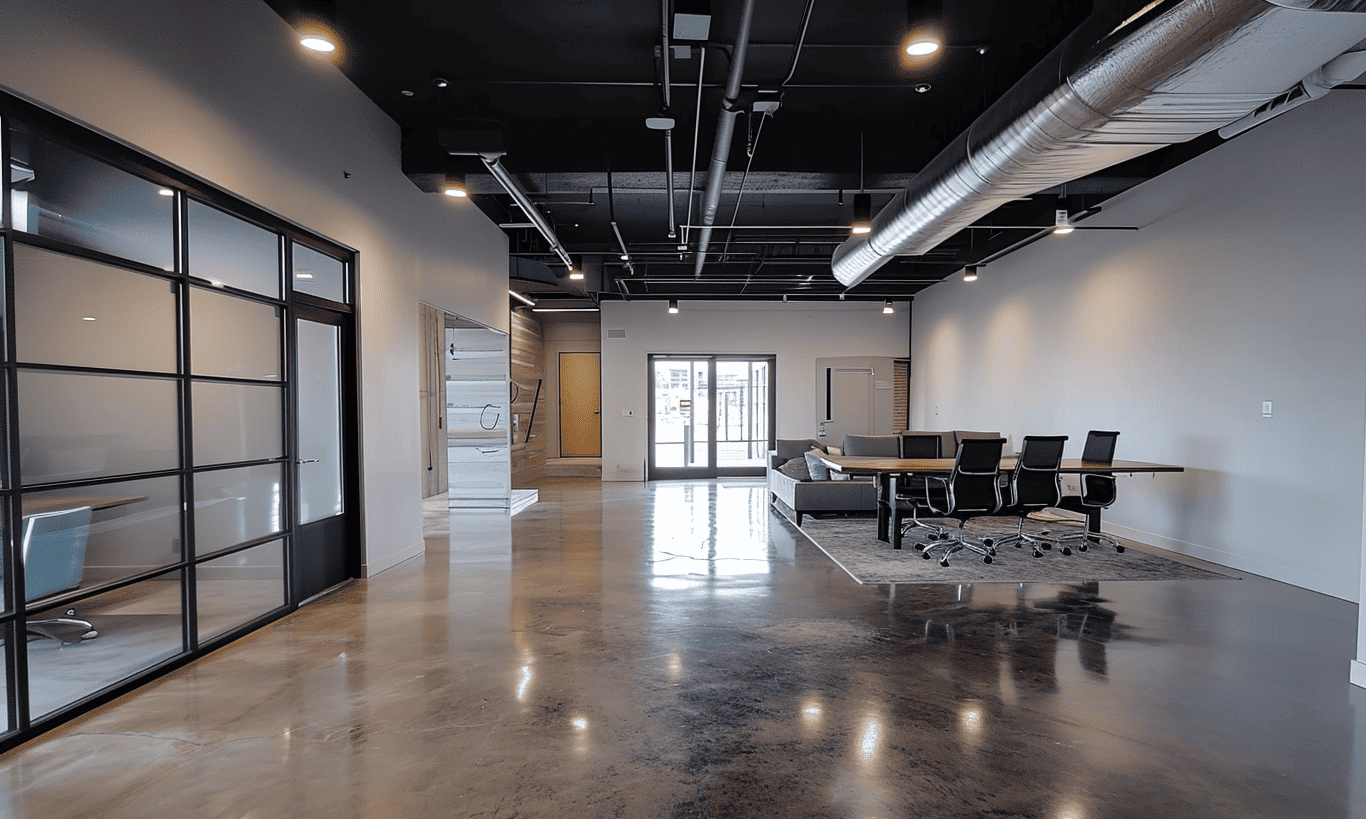Border Security Challenges in Alberta: Real Estate and Construction Perspectives
Alberta’s Premier recently expressed concerns over what he referred to as a ‘leaky’ border with the U.S., pointing specifically to the cross-border trafficking of fentanyl, a lethal drug causing havoc in the Canadian province. However, the real implications of this lax border security affect more than just the welfare and safety of Alberta’s citizens – it also impacts the province’s crucial construction and real estate sectors. Let’s take a closer look at how these sectors are grappling with the issue of border security in Alberta.
An Overview: Border Security in Alberta
According to recent statistics, Alberta’s border has seen a minor amount of drugs and a few migrants entering from its adjacent state, Montana. However, the Public Safety Minister of Alberta, confirmed that even a small amount of fentanyl being smuggled across the border is a grave concern for the province.
As the numbers reveal, the presence of illicit substances and undocumented immigrants is not substantial. However, the concern arises from the sheer unpredictability of these occurrences, thereby mandating a larger frame of reference when discussing border security. This concern extends beyond drug trafficking and immigration and impacts the commercial sectors, including construction and real estate.

The Impact on Alberta’s Construction Industry
The construction industry ties closely with border control measures, affecting material supply chains, labor markets, and project timelines. For instance, tighter border controls could bring about delays in the transport of essential construction supplies from the U.S., leading to project bottlenecks and increased costs.
Moreover, Alberta’s construction sector also employs laborers from across the border. Stringent border measures due to security concerns could negatively affect the availability of skilled workers, leading to labor shortages that could hamper project progress and cause a spike in labor costs.

The Effect on Alberta’s Real Estate Development
A ‘leaky’ border also poses indirect challenges for Alberta’s real estate sector. Issues related to border security could contribute to an image of instability, affecting investor confidence and causing hesitations with global investors.
Moreover, stricter border controls could potentially slow down the delivery of imported materials necessary for real estate construction, leading to project delays. This could further result in missed occupancy dates, thereby upsetting tenants and leading to potential loss of rental income for real estate developers.

Addressing the Border Concerns: A Joint Effort
Combating the problem of a ‘leaky’ border requires a comprehensive approach that includes persistent vigilance, improved border security infrastructure, and international cooperation. Maintaining a balance between security concerns and the demands of the construction and real estate sectors is crucial. It’s about time that various stakeholders from the province, industry, and the federal level come together to address this issue in a more holistic way.
Source: CBC News
We would love to hear your thoughts on how border control measures impact the construction and real estate sectors in Alberta. Feel free to share your experiences or pose any questions in the comment section below – let’s engage in meaningful dialogue to better our understanding and address these challenges.




